Getting Digital Transformation Right
 Image: Shutterstock
Image: Shutterstock
Digital transformation as a buzzword has been around for quite a few years. While the deployment of technology is nothing new or innovative, companies have been doing that ever since the mainframe days, when a computer took as much space as a truck does today. The push for digitization came in hard and fast at the turn of the new millennium, with the Y2K phenomenon forcing companies to update their systems. Many took this as an opportunity to introduce technology into different functions. The next big push came from the whole buzz around online business models. As companies scrambled to get their businesses online, or at least align it to the cyber highway policies, there was a spike in tech adoption.
But this adoption or updation was disparate and disconnected. This was digitization and not digital transformation.
It is only in the past decade that companies have been getting serious about technology, not merely looking to deploy or update but rather ingrain it across the business process. Technology is not a differentiator but a business enabler. This has propelled companies to look at technology from a new perspective, a holistic approach. And this is what digital transformation is all about. While it is dubbed as digital, the transformation has vast overreach, right from the change in the corporate culture, to bringing customer centricity, or managing hierarchies. Digital transformation is a manner of speaking a remodeling of the business model itself.
Yet, this journey of digital transformation is anything but easy. According to Bruce Rogers, almost 84% of companies fail at digital transformation for a variety of reasons, ranging from technological to cultural. Any corporation that embarks on a digital transformation journey needs to be realistic about the goals and ambitions. Starting big and starting with bang most often leads to failure, the best approach is a singular and patient approach. Here are some of the primary points to remember before embarking on a comprehensive digital journey.
Define the Change
It might sound pretty elementary, but sometimes the most obvious things are ones that lead to failure. Companies need to define in detail what the objectives are and what the outcome is. There needs to be a clear roadmap that lists down all the expectations and the results desired. This change-document could be as detailed as possible because it will help prepare against any redundancies or setbacks.
Interdisciplinary Approach
Digital transformation needs a leader. And this leadership needs to come from the very top, ideally the CEO or some other C-suite. Yet, while the leadership is singular, the ownership must be not. Considering the wide reach and impact of the transformation, everyone needs to be on-board. Right from the finance to the admin, from HR to marketing, all functions must align harmoniously towards the common goal.
Incremental Shift
While, the universe was created with a Big Bang, but after that, it has been a steady, progressive, and rather slow evolutionary shift. Similarly, companies need to make incremental changes, launch pilot projects, evaluate the response, and preparedness before increasing the scope. This is where cloud computing plays a big role, as it allows companies to build and scale according to need and requirement. Changes must be made incrementally, rather than being bulldozed.
Cultural Shift
One of the primary reasons why digital transformation fails is not because of technology but culture. If the business processes are analog in nature, a modern tech-centric approach will not affect much change. For instance, if the top managers are attuned to signing off physical copies, documents, or agreements flowing over the emails will not help. Digital transformation can only succeed when there is a cultural shift not only with the employees but also, and more importantly, with the management.
The Learning Curve
Failure is renowned as a great teacher, so long as one is able to learn from the lessons it offers. More often than not, failure is treated with disdain and shame. But if the failure is treated scientifically, studied, and researched, it can be a gold mine. All big organizations fail, but it is only the good ones that recover and learn. The learning curve is said to be steep, but it can be immensely helpful in the digital transformation journey.
In the end, digital transformation is a shift that is not about technology or setting up online processes, it involves all business processes, operations, finance, governance, sales, and more. According to IDC, 85% of enterprise decision-makers say they have a time frame of two years to make significant inroads into digital transformation, or they will fall behind their competitors and suffer financially. A successful transformation can ensure business longevity.





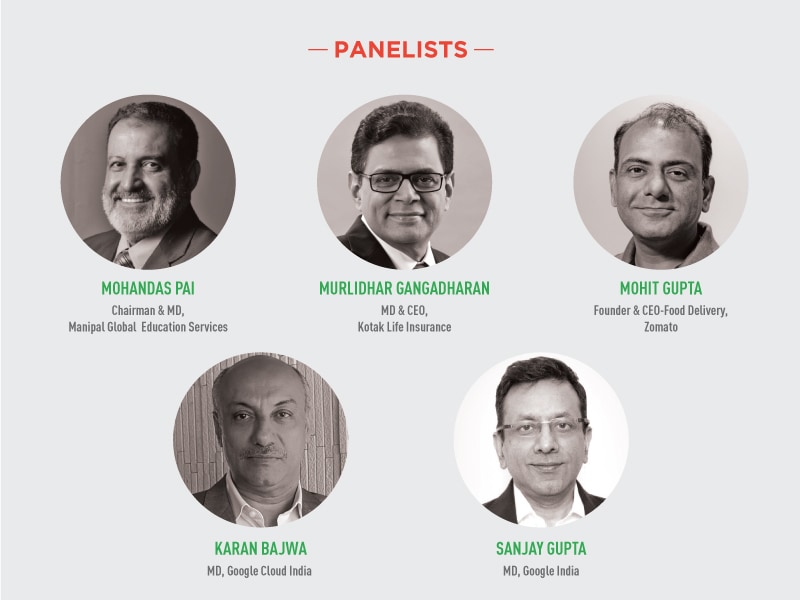



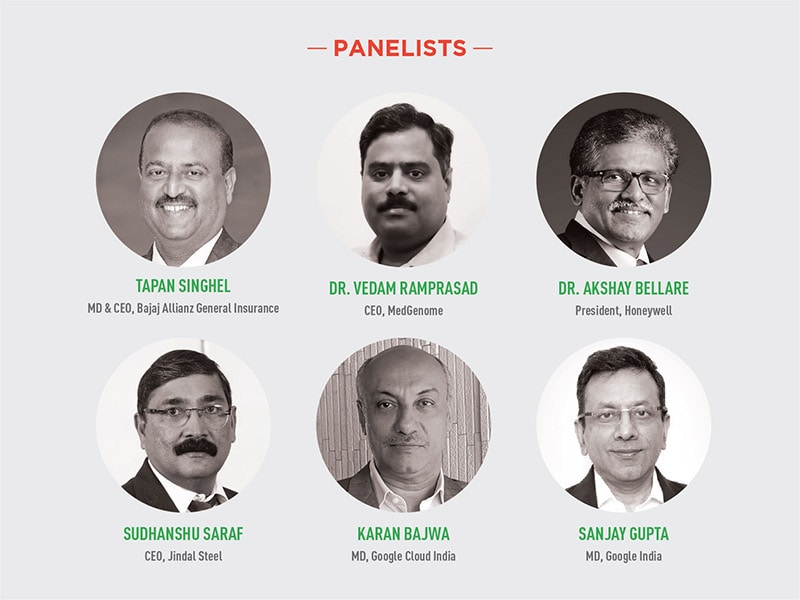
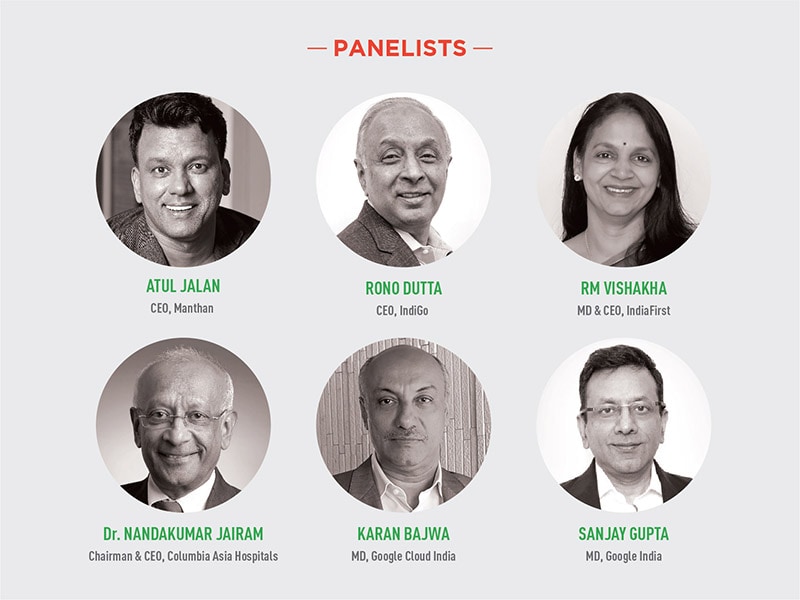
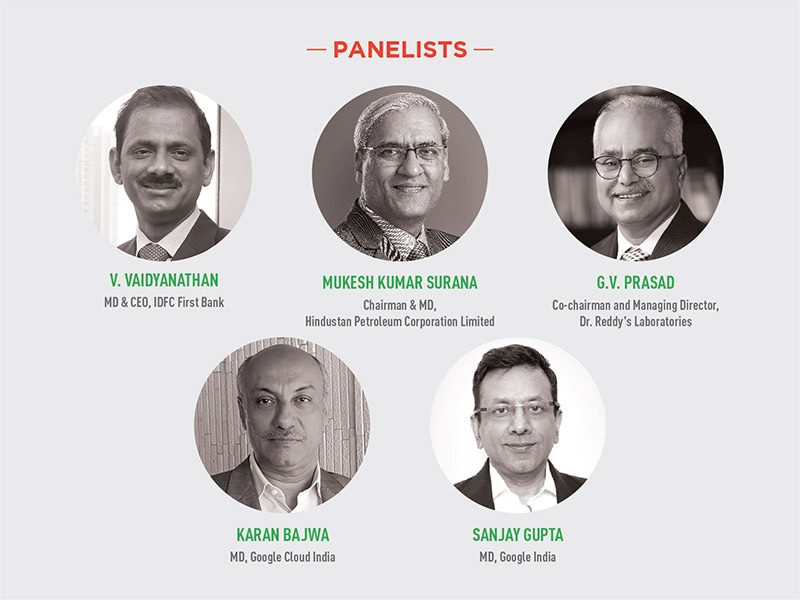



.jpg)










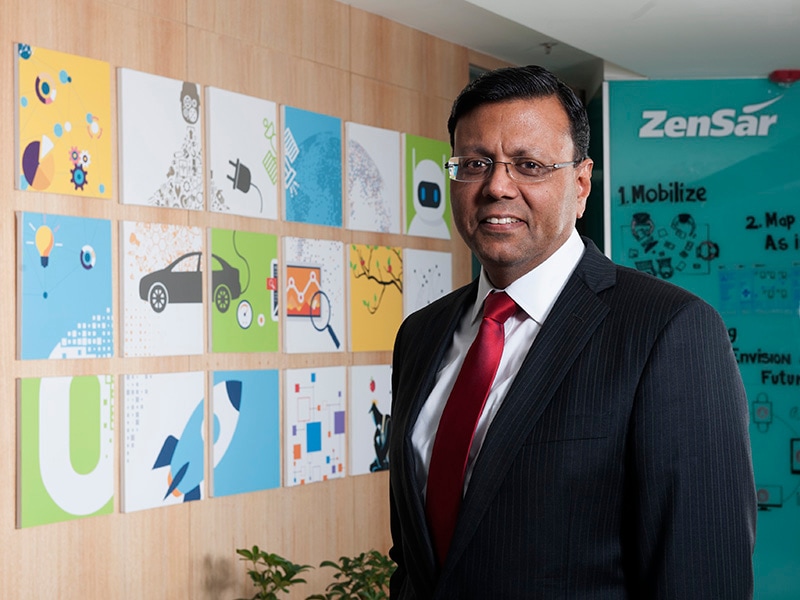






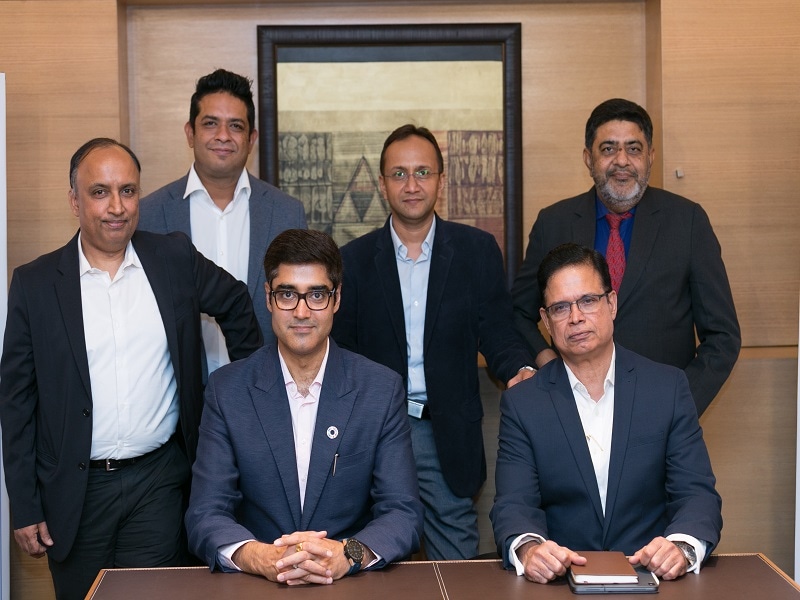





.jpg)






